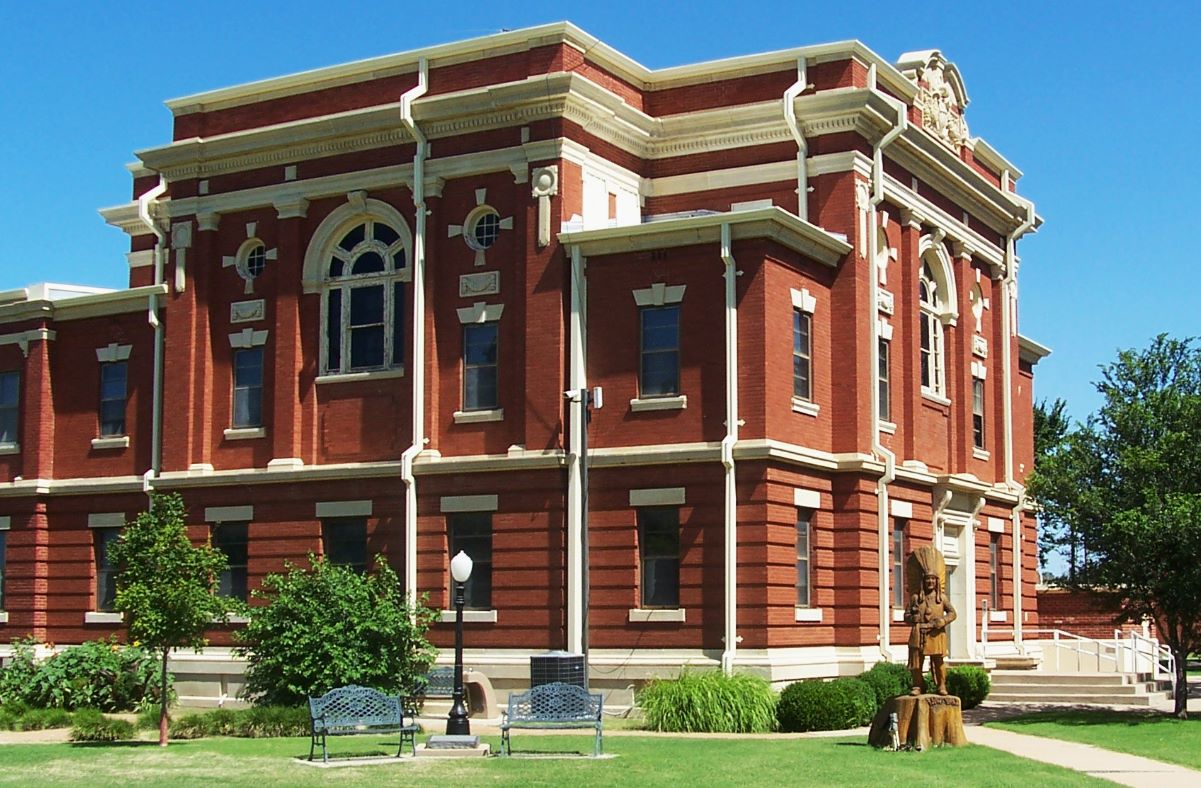Lost Trading Posts Of Oklahoma’s Kiowa

Have you ever wondered about the lost trading posts of Oklahoma's Kiowa tribe? These places were once bustling hubs of activity, where cultures met, goods exchanged hands, and stories were shared. Located in the heart of Oklahoma, these posts played a crucial role in the lives of the Kiowa people. They weren't just places for trade; they were vital for community gatherings and cultural exchanges. Today, many of these sites have faded into history, leaving behind only whispers of their past. Yet, their legacy lives on, offering a glimpse into a time when the Kiowa tribe thrived in harmony with their surroundings. Exploring these forgotten locations can provide a deeper understanding of the rich history and traditions of the Kiowa people. Join us as we journey back in time to uncover the stories and significance of these lost trading posts.
Discovering the Lost Trading Posts of Oklahoma's Kiowa
Oklahoma's history is rich with stories of trade and culture. The Kiowa people, known for their vibrant traditions, once had bustling trading posts scattered across the region. These places were more than just markets; they were hubs of cultural exchange and community life. Let's take a journey through some of these forgotten trading posts.
1. Anadarko Trading Post
Anadarko was a key location for trade among the Kiowa. This trading post served as a meeting point for various tribes and settlers. Goods like beads, cloth, and tools were exchanged here, fostering relationships and cultural interactions. Today, remnants of this post can still be found, whispering tales of the past.
2. Fort Sill Trading Post
Fort Sill wasn't just a military base; it was also a significant trading post. The Kiowa and other tribes would come here to trade goods and stories. This post played a crucial role in the economic and social life of the region. Although the fort remains active, the trading post aspect has faded into history.
3. Rainy Mountain Trading Post
Nestled near the iconic Rainy Mountain, this trading post was a vital part of Kiowa life. It was a place where people gathered not only to trade but also to share news and celebrate traditions. The mountain itself holds spiritual significance, adding a layer of depth to the trading activities that once took place here.
4. Cache Trading Post
Located near the Wichita Mountains, Cache was a bustling center of trade. The Kiowa, along with other tribes, frequented this post to exchange goods like buffalo hides and handmade crafts. The natural beauty of the area made it a picturesque setting for trade and interaction.
5. Red River Trading Post
The Red River served as a natural boundary and a vital trade route. This trading post was strategically placed to facilitate trade between tribes and settlers. The river's proximity made it an ideal spot for exchanging goods and ideas, contributing to the cultural tapestry of the region.
6. Medicine Park Trading Post
Medicine Park, known for its healing waters, was also home to a vibrant trading post. The Kiowa and other tribes would gather here, drawn by the promise of trade and the allure of the natural springs. This post was a unique blend of commerce and nature, offering a glimpse into the harmonious relationship between the two.
7. Elk Creek Trading Post
Elk Creek was a lesser-known but equally important trading post. It served as a quiet yet significant hub for trade among the Kiowa and neighboring tribes. The creek provided a serene backdrop for the exchange of goods and stories, making it a cherished spot in the community.
8. Fort Cobb Trading Post
Fort Cobb was another military installation that doubled as a trading post. The Kiowa and other tribes would come here to trade with soldiers and settlers. This post was a melting pot of cultures, where diverse groups came together to share goods and experiences.
9. Quanah Parker's Star House Trading Post
Quanah Parker, a prominent Kiowa leader, had a trading post near his Star House. This post was not only a place for commerce but also a symbol of Parker's influence and leadership. It attracted traders from far and wide, eager to engage with the legendary chief and his people.
Reflecting on Oklahoma's Trading Posts
Oklahoma's lost trading posts hold a significant place in history, offering a glimpse into the past interactions between Native American tribes and settlers. These posts were more than just places of commerce; they were hubs of cultural exchange and understanding. The Kiowa people, among others, played a crucial role in shaping the region's history through these interactions. Exploring these sites today, even in their absence, provides a deeper appreciation for the rich tapestry of Oklahoma's heritage. While many of these posts have vanished, their stories continue to resonate, reminding us of the importance of preserving history. As we reflect on these trading posts, we gain insight into the resilience and adaptability of the people who once thrived there. Their legacy lives on, inspiring future generations to honor and learn from the past. Oklahoma's trading posts may be lost, but their impact endures.

